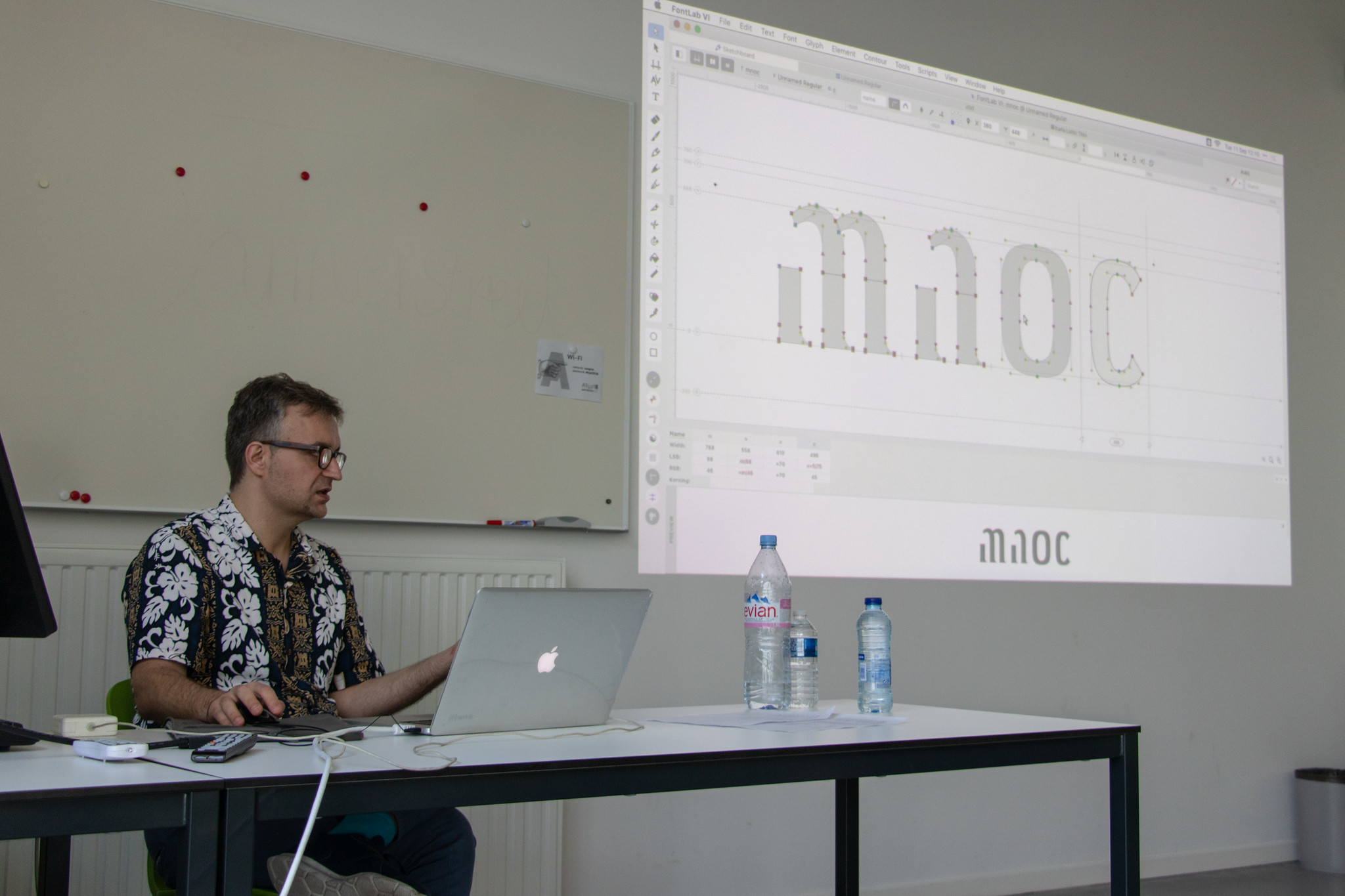A Responsive Chinese SongTi typeface for Multiple-Use Occasions
Digital devices are gradually replacing paper, and reading on screens with various resolutions has led sans serif typefaces to replace serif typefaces. The high readability of serif typefaces is something we can’t ignore. In Chinese, MingTi /SongTi is just like serif in Latin, with greater contrast on the strokes. For serif typefaces, there are some… Continue reading A Responsive Chinese SongTi typeface for Multiple-Use Occasions
